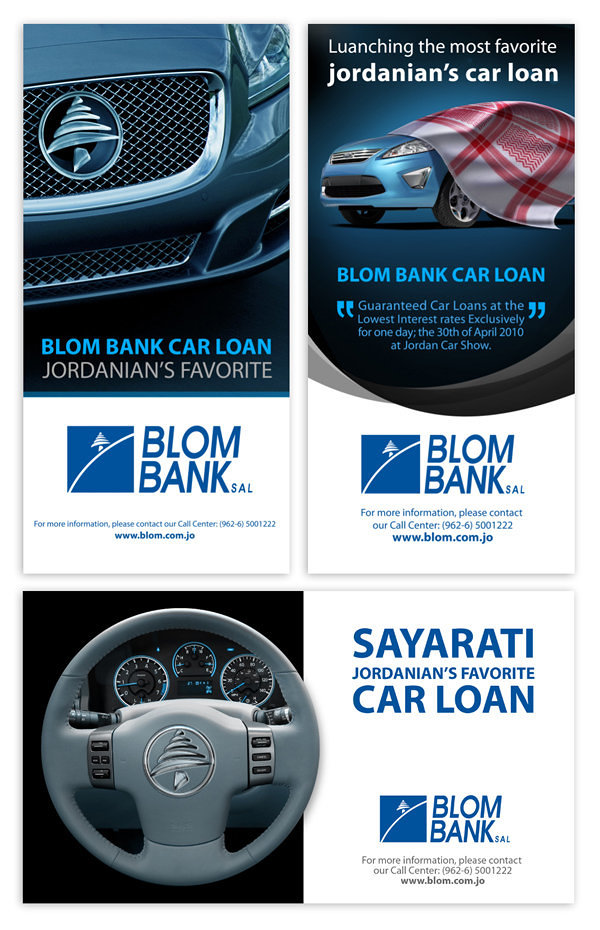
You are likely an eCommerce business owner and know how important it can be to spread the word about your products. You can do this by partnering up with an influencer in ecommerce. Popular ecommerce influencers will have a large following on social media and can help increase your visibility and expand your traffic. In turn, you can make more money.
Influencers can promote your products in exchange for a discount or a special promotion. They can also create content that promotes your brand. This will allow you to gain trust from shoppers and increase exposure. It is important that you choose a credible, qualified influencer.
There are many people who specialize in helping businesses with eCommerce. Chris Brogan, an entrepreneur in eCommerce, is one example. He has helped build several seven-figure eCommerce businesses. He has a huge following on YouTube and Instagram. His blog has information on setting up an eCommerce store and selling on Amazon. Kristi Soomer, a Canadian fashion entrepreneur and founder of Encircled, is an example. She hosts a podcast about eCommerce.

Nate Skiver (an eCommerce logistics entrepreneur and blogger) is another influential figure who writes about future parcel delivery. His blog posts contain tips about which carriers provide on-time delivery.
Gretta van Riel, a serial entrepreneur, started her first business at age 22. Since then, she has worked with retailers such as ASOS and Missguided, and she has a 76,000 Instagram followers. Hey Influencers is her company that connects eCommerce businesses to industry influencers.
Do your research before you start looking for an influencer in ecommerce. You can start by researching people who have promoted your product. Or you can use Google to search for them. Once you have identified a potential influencer, it is possible to reach out and ask them for collaboration. While there are many ways to contact an influencer, the most effective method is through email. It is crucial that you give your influencer all the details they need, including a description of your brand and a cost as well as the length of your partnership.
You will also need to create a detailed agreement if you're interested in working with an influencer in ecommerce. Be clear about how much creative freedom an influencer has and whether you will be reusing any influencer's content.

You will also need to monitor the campaign's results. Brands use clicks, conversions, sales to measure success. Also, you can look at the cost for a particular promotion. You can't expect your campaign to have a positive effect if it isn't well-planned.
Learn more about ecommerce influences by visiting genvideo's First Impressions Newsletter. This newsletter is the easiest and best way to keep up with the latest eCommerce trends.
Marketing to people with a special connection to your brand is the future of ecommerce. Your influencer will be more likely than others to get their audience to feel connected to your brand.
FAQ
What information do you need about internet advertising
Internet advertising is a key part of any business strategy. It allows businesses to reach potential clients at a low price. However, there are many different types of internet advertising available. Some are free, while others require payment.
You can also advertise online using banner ads, pop up ads, search engine optimization, pay-per-click advertisements (PPC), social media marketing (e-mail marketing), and mobile marketing. Each method has its pros and cons.
What is advertising?
Advertising is an art. Advertising is not about selling products. It's about building emotional connections between brands and people.
Advertising is about communicating ideas through images and stories.
Communication must be clear and persuasive. Your target market should be able to relate to the story you tell.
Advertising is different than other communication methods, such as writing or public speaking.
When you create a winning ad campaign, it is creating your brand identity.
This is how to be remembered. You will be remembered by others.
What is affiliate marketing?
Affiliate marketing is an internet business model in which you refer customers to other products and services. When someone purchases from you, the product owner will pay you.
Affiliate marketing relies on referrals. Referring people to your website is all that's required. All they have to do is to refer them the website.
You don't have to sell anything. It's just as easy to sell as it is to buy.
An affiliate account can be created in minutes.
Referring as many people as possible will increase your commission.
There are 2 types of affiliates.
-
Affiliates who have their own websites
-
Affiliates who work in companies that offer products or services.
How do I choose my target audience?
Start with yourself and those closest to your heart. If you don't know where to begin, ask yourself, "who am I trying to reach?"
Ask yourself these questions: Who do you consider the most influential in your industry? What are the problems they face daily? Who are the smartest people in my industry? Where do they hang out online?
Return to the beginning. What was your motivation for starting? What was your problem and how did it solve?
These answers will help identify your ideal clients. This will allow you to learn more about your ideal customers and their motivations for buying from you.
For clues on who your competitors cater to, check out their websites and social media pages.
Once you have identified your target customer, you need to decide the best channel to reach them. For example, if your company provides services to real estate agents, you might create an informational website targeting home buyers.
A blog that targets small-business owners could be a possibility if you are a software provider.
You could also create a Facebook account for teens if you sell clothing. For parents who are looking for child-friendly restaurants, you might set up your own Twitter account.
This is the point: There are many ways to communicate your message.
What should you know about printing advertising?
Print advertising is an effective way to reach consumers. Print advertising is used by many companies to promote their products and services. The key objective is to capture the attention of the consumer.
Print ads are usually short (one page) and contain text, pictures, logos, and other graphics. You may also find sound, animation, video and hyperlinks.
Here are the main types and classifications of print advertising:
1. Brochures: These large-format printed pieces are meant to draw customers into stores. Brochures often feature eye-catching designs and colorful photos.
2. Catalogues - These are smaller versions of brochures. These are often sent to customers who have asked for information on particular items.
3. Flyers are small pieces or paper distributed at events such concerts and fairs. They are generally free but must be paid for if they are handed out at retail outlets.
4. Flyers are also available in posters. They can be displayed on fences, walls, or buildings. They are usually created using computer software programs designed to catch passersby's attention.
5. Direct mail - This refers to letters or postcards mailed directly to potential customers. These cards are sent by companies periodically to remind their customers about their company.
6. Newspaper Ads - These are placed in newspapers and magazines. They are usually quite long and contain both text and images.
What is an ad-campaign?
An advertisement campaign is a series containing advertisements to promote a product. It may also refer to the entire production of such ads.
"Ad" is a Latin word that means "to sell." Marcus Terentius Varro, 116-27 BC, was the first to use it. He used it as a verb that meant "to make a sales."
Advertising campaigns are usually done by large companies and agencies. They may involve many different media types, including print, television, radio, internet, etc.
Advertising campaigns can last up to six months and have specific goals. Some campaigns are designed to increase awareness, while others aim to increase sales.
Why not advertise your business on social media?
Social Media Marketing (SMM) allows you to reach customers where they are - on social networks such as Facebook, Twitter, LinkedIn, YouTube, Google+, etc. You can also target specific audiences within these networks by using keywords.
This advertising strategy is cost-effective as it costs less than traditional methods to market online. You can also build strong relationships and trust with your clients, both current and prospective.
It's very easy to start using social networks to promote your business. All you need is a computer or smartphone and access to the Internet.
Statistics
- This means that at least 50% of an ad needs to be shown on the screen for at least one second. (quicksprout.com)
- In 1919 it was 2.5 percent of gross domestic product (GDP) in the US, and it averaged 2.2 percent of GDP between then and at least 2007, though it may have declined dramatically since the Great Recession. (en.wikipedia.org)
- Google will display whichever ad type (CPM or CPC) is expected to earn more revenue for the publisher, which is in Google's best interest since they take a 32% share of the revenue. (quicksprout.com)
- Advertising's projected distribution for 2017 was 40.4% on TV, 33.3% on digital, 9% on newspapers, 6.9% on magazines, 5.8% outdoor, and 4.3% on radio. (en.wikipedia.org)
External Links
How To
How can I advertise through Google?
AdWords allows companies to purchase ads based on specific keywords. Set up your account first. The first step is to choose a campaign title, budget, ad type (text/image, video), and keywords. Then, you place a bid on the keywords. If someone clicks on one of your ads, you pay only if the click comes from a person who searched for one of your targeted keywords. This way, you get paid even when people don't buy anything.
Google offers many tools to ensure your ads are successful. These tools include Ads Preferences Manager Manager and Keyword Planner. These enable you to determine what is most effective for your business.
Keyword planners help you choose the keywords that will be used in your campaigns. It will also show you the competition for keywords and help you decide if you should spend money bidding.
Ads Preferences Manager allows you to modify settings like the maximum number impressions per day, and the minimum cost of each click.
Analytics allows to track your ads' performance and compare it with other campaigns. You can also view reports that show how well your ads compared to others.